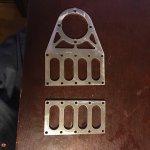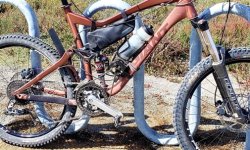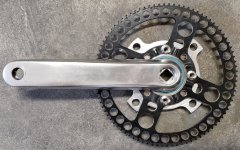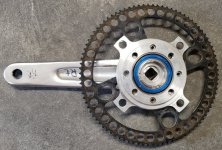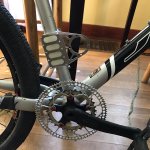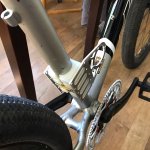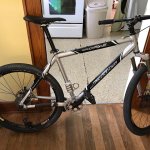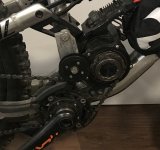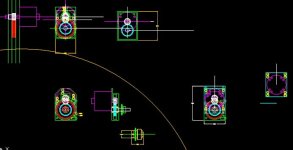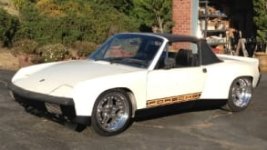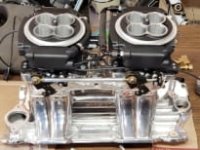After a few rides i would say that if you treat this system as a pedal asist it will be satisfying enough. For serious stand alone drive it needs improvements:
- the first would be a freewheel crank. Sometimes i stop pedaling but my finger is still pulling the accelerator or im in a low gear and sudenly pull the trigger without my legs realizing that it will be a lot of rpm at the crank. Nasty sensation
- transmission tuning. A belt drive for a smooth and silent operation or a bigger sprocket on motor but then a two stage reduction would be needed.
Beside this the system is working pretty well, i can cruise at 27kmh with low effort and low battery consumption. It just takes some time to get there

. For more power i really have to stiffen up everyhting. Well, it's just not at the same level of performance as shimano E8000 drive, yet.


